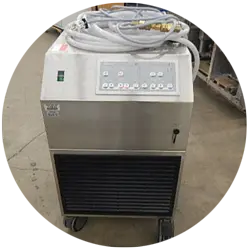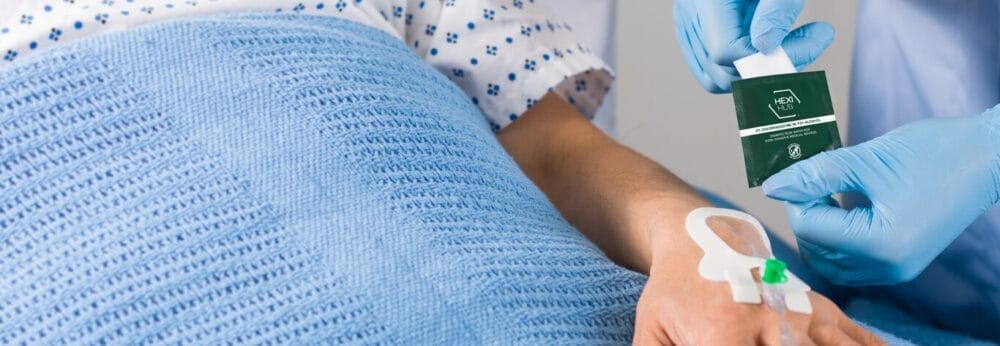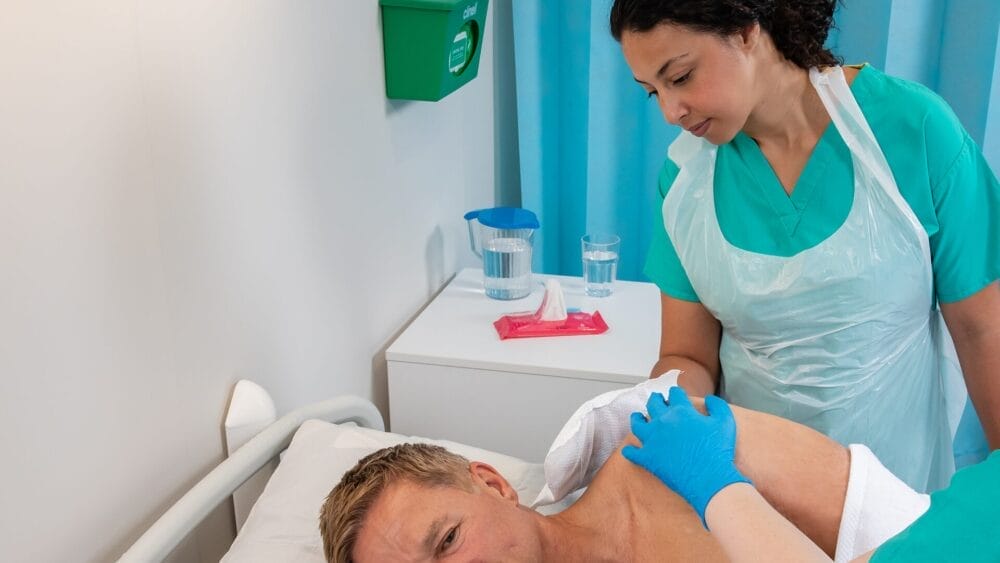Posted
3rd August 2018
Research
There’s an emerging global epidemic of Mycobacterium chimaera infections following cardiothoracic surgery associated with contaminated heater-cooler units (machines that are used in theatre during some procedures). It has been established that water within the machines can become contaminated with Mycobacterium species, and that this can create a bio-aerosol that finds its way into the surgical field and causes an infection. However, a recent study from Hong Kong highlights the potential for surfaces on the heater-cooler units to be reservoirs for Mycobacterium.

The study was performed as part of an investigation into a string of cases of Mycobacterium chimaera surgical infections following cardiac valve replacement. The investigation discovered, as with many others around the world, that the water reservoir within the machines was contaminated with M. chimaera before and after disinfection of the water, providing a plausible source for the surgical infections.
However, the authors went further, and performed sampling of the surfaces on the inside and the outside of the heater-cooler units. No contamination of the outside surfaces of the units, which were effectively disinfected using Clinell Universal Wipes, was identified. However, 4/8 (50%) of the inner surfaces of the units were contaminated with M. chimaera. It’s possible that this surface contamination could be involved, either directly or indirectly, in seeding the airflow exiting the units that then enters the surgical field and causes a surgical infection. For example, M. chimaera is eliminated successfully from the water reservoir within a unit, contamination of the internal surfaces of the unit could then decontaminate the water reservoir!
This is the first study (that we’ve come across) exploring surface contamination with M. chimaera in the context of heater-cooler units used for cardiothoracic surgery. The findings certainly raise some important questions and warrant further investigation. It was reassuring that no contamination was identified on the outer surfaces of the units. However, how much of a clinical risk does contamination of the internal surfaces of these units present? How can this be reduced or eliminated? Could vapour-phase decontamination methods such as hydrogen peroxide vapour could play a role? As the global community strives to mitigate the risk of M. chimaera infections associated with heater-cooler units, contamination of surfaces could be a new frontier!
SHARE THIS ARTICLE
Tags
Latest News
Embracing sustainability and cost savings: The journey of Clinell Indicator Notes to paper-based solutions
At GAMA Healthcare, we’ve always prided ourselves on being at…
Introducing HEXI HUB: A seamless transition in our product line
We’re pleased to announce an update to our product offering…
Innovative solutions for tackling Carbapenemase-producing Enterobacteriaceae (CPE) at King’s College Hospitals
King’s College Hospital NHS Foundation Trust, one of London’s largest…
Gloves Off: reducing unnecessary plastic waste during environmental cleaning and disinfection
In this blog, Dr Phil Norville discusses the momentum-gaining ‘Gloves…




